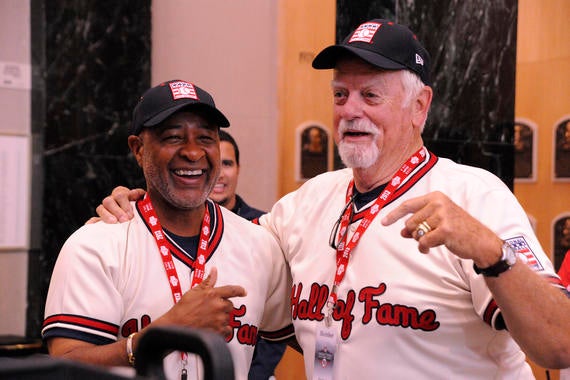Durable Gaylord Perry left hitters guessing and his mark in the record book
With a wave of his hand and flick of the wrist, Gaylord Perry had fans and opponents alike concentrating on what he might have applied to the baseball.
What was unquestionable during his 22-year big league career, however, was that Perry’s incredibly durable arm produced results unlike almost any other modern era pitcher.
Perry, 84, passed away Thursday, Dec. 1, at his home in Gaffney, S.C. The first pitcher to win Cy Young Awards in both leagues, Perry – who was elected to the Hall of Fame in 1991 – was a physical marvel who topped the 300-innings pitched mark six times.
“Gaylord Perry leaves a lasting legacy in baseball and in Cooperstown as one of the greatest pitchers of his generation," said Jane Forbes Clark, Chairman of the National Baseball Hall of Fame and Museum. “During a remarkable 22-year major league career, he became the first pitcher to win Cy Young Awards in both the American and National Leagues while throwing more than 5,000 innings. The Hall of Fame will greatly miss Gaylord's presence, as he loved returning for Induction Weekend to be with his friends and fans. We extend our deepest sympathy to his wife, Deborah and the entire Perry family.”

